The Designers Taking The Road Less Travelled Towards Bigger, Brighter Futures
The visionaries.
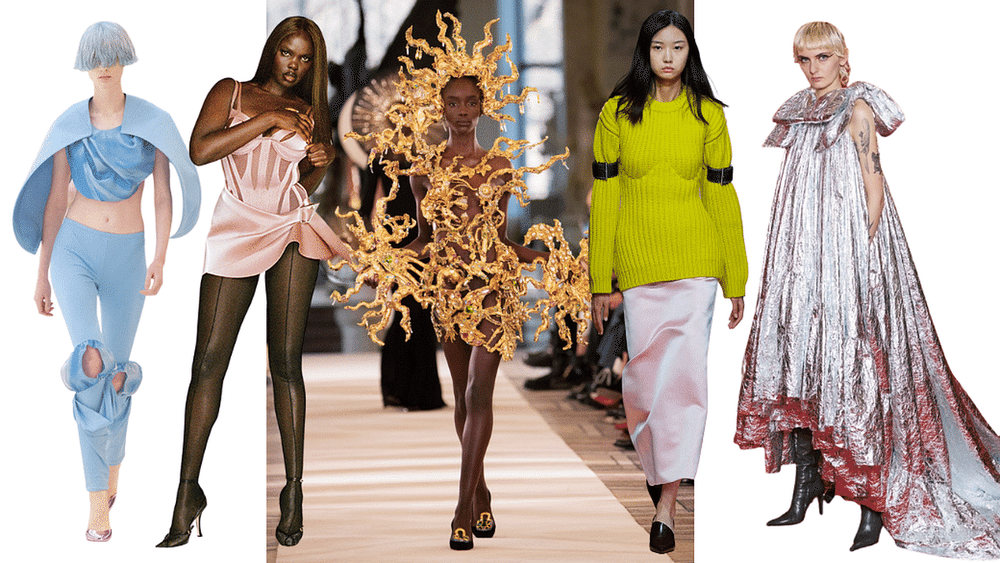
In this day and age of information overload and product oversaturation, great clothes are just the starting point for designers who truly want to stand out. To make an impact—real, resonant impact; not just commercially, but also culturally—designers don’t just have to get the zeitgeist, they need to push it forward. What that requires is work imbued with meaning, value and vision—not just smarts, but also heart. Some do it by turning sleeping beauties and dusty brands into the industry’s most exciting, most-watched names, like Daniel Roseberry at Schiaparelli and Casey Cadwallader at Mugler; others infiltrate every aspect of the culture compellingly, like Demna at Balenciaga; still others build a luxury brand unlike any other—think Jonathan Anderson and his idiosyncratic and soulful LOEWE.
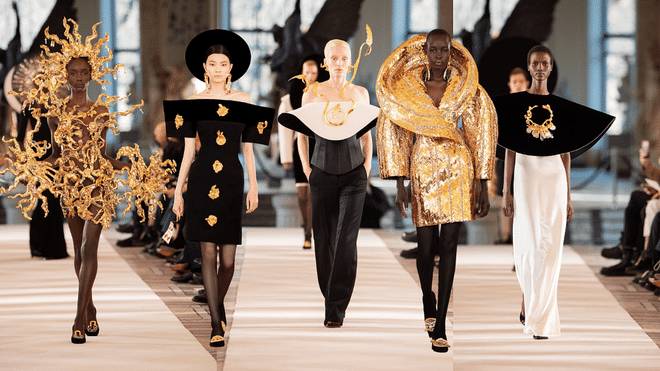
Schiaparelli haute couture spring/summer 2022
In the past year, Demna has demonstrated a breadth of vision that is simply stunning. First, he conquered the highest echelon of fashion with a spectacular revival of Balenciaga’s haute couture; his follow-up, though, was as accessible as it gets: A collaboration with YEEZY and Gap. He has managed to tap into the lucrative and considerable gamer community, first with a virtual reality game to present his fall 2021 collection and then with a partnership with Fortnite, through which products both virtual and physical were released. Shortly after that in September, Demna and Balenciaga dominated the Met Gala, arguably fashion’s most elite event, by dressing boldfaced names such as Rihanna and Kim Kardashian. Less than a month later, Demna upended the traditional fashion show and won Paris Fashion Week through a partnership with one of pop culture’s biggest and most enduring brands, The Simpsons. Disparate as all these ventures sound on paper, in Demna’s vision, they are all cohesive parts of one grand scheme. As he told Vanessa Friedman of The New York Times, “my mission is to give people the best ingredients I can to create [their] own character and have fun with it. That’s what fashion is about”.
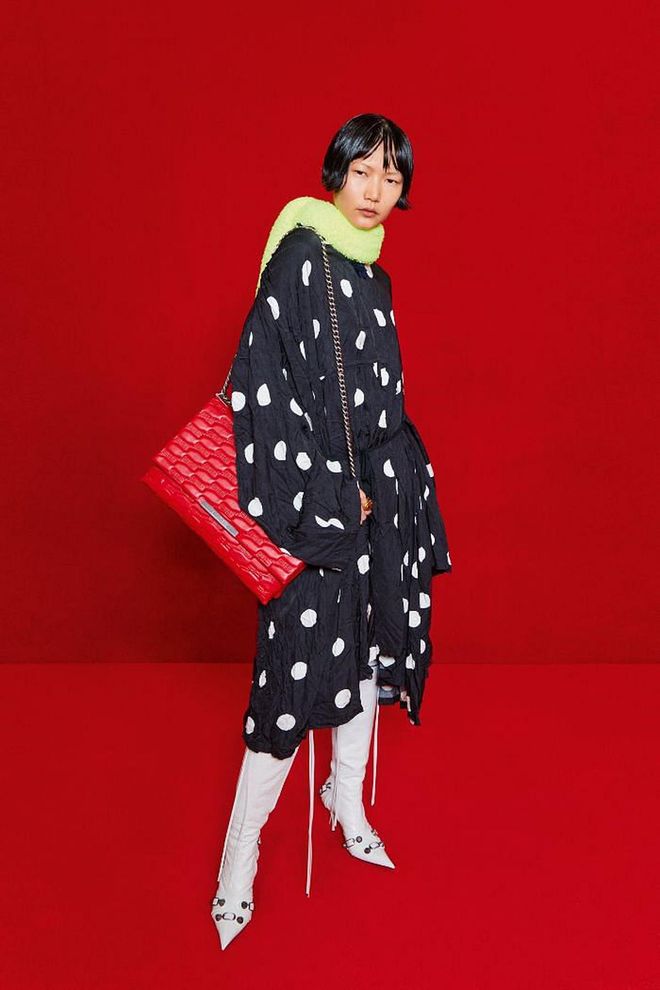
Balenciaga spring/summer 2022
Like Demna, Jonathan Anderson is a designer who is building a brand in a truly 360-degree manner. His approach is to place craft at the nexus of his every undertaking at LOEWE. It is why the brand can convincingly go from collaborations with the estates of textile designers William Morris and C.F.A. Voysey to partnerships with the likes of anime film studio, Studio Ghibli. Whether the inspiration skews highbrow or mass appeal, the result is treated with the same kind of reverence for savoir faire. Even when the brand ventures into more accessible product categories—such as candles and soaps—craft remains the through line. It is also why Anderson’s LOEWE is equally at home at Fashion Week as it is at Art Basel and Salone del Mobile. And when there were no physical Fashion Weeks, Anderson still managed to make a splash. The clothes—full-blown and fantastical—were one thing; the medium of presentation was another, equally compelling as the message. Again, it came down to craft: Anderson’s pandemic-era collections were presented through beautifully put-together objects more immersive than any 10-minute runway show or fashion film could ever be.
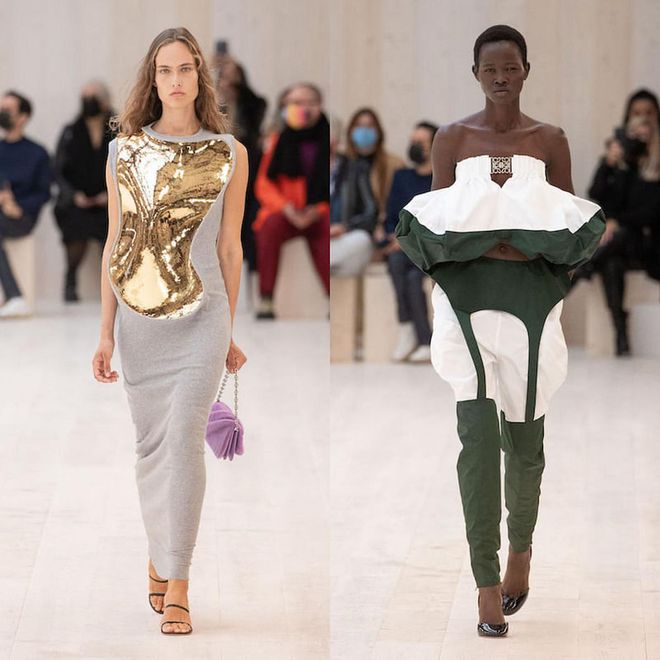
Loewe spring/summer 2022
That doesn’t mean that the traditional runway has lost its power as the industry’s most effective communication tool. Miuccia Prada and Raf Simons redefined the collaboration model when they came together to co-creative direct Prada, and spring/summer 2020 marks the first time the fruits of their joint labour are presented via a live runway show—and what a show it was! Staged simultaneously in Milan and Shanghai, and broadcast side by side, it proved how collaboration when done correctly and with the best intent, can result in a synergy that is greater than the sum of its parts. The collection carries the imprints of both designers in equal measure. From Prada came an exploration of modern womanhood and an intellectual dissection of its m most enduring tropes; Simons’s hand, meanwhile, was all over the coolness, the minimalism, the sharp acidic palette, and the streamlining of the message.

Prada spring/summer 2022
As Simons proves at Prada, sometimes, a fresh eye is what it takes to make something good even better. Nowhere is this more true than at Schiaparelli and Mugler—two distinctive but previously dormant brands that in recent years have been revitalised by the singular visions of their creative directors, Daniel Roseberry and Casey Cadwallader respectively. Thought both brands are relatively small in the context of the contemporary fashion industry—neither belong to conglomerates or mega-companies with a corresponding mega budget—they have managed to create an outsized impact, which is all the more impressive when you take into consideration that they don’t even show on the traditional ready-to-wear calendar (Schiaparelli focuses its efforts on couture, while Mugler operates on a see-now-buy-now model). Still, both have been dominating our Instagram feeds and spotted on the highest-profile personalities on the planet. In the past year alone, Roseberry has won over fans such as Adele, Lady Gaga, Bella Hadid and Beyoncé, while Cadwallader has dressed the likes of Cardi B, Megan Thee Stallion, Dua Lipa and Miley Cyrus.
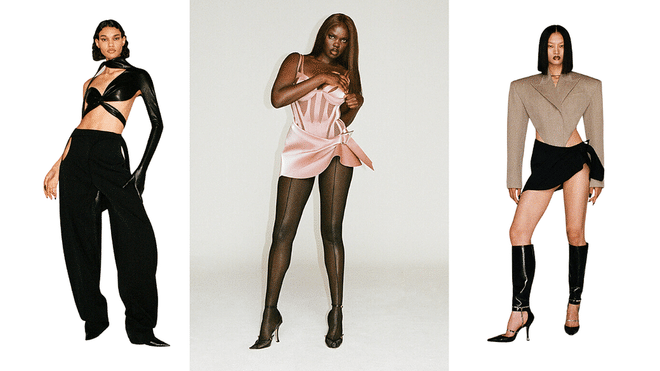
Mugler fall/winter 2021
One reason for their resonance is that both designers have leaned into the illustrious heritage of their respective houses without being beholden to it. At Mugler, Cadwallader draws more from Manfred Thierry Mugler’s love of powerful femininity rather than his taste for theatricality— filtering the late designer’s vision through a 21st-century lens of sexuality and inclusivity. At Schiaparelli, Roseberry riffs on Elsa Schiaparelli’s penchant for Surrealism and opulence, but in his hands (unlike some of his predecessors’), the results are chic and never costumey. His latest couture collection, especially, is a breakthrough for how it trades in his earlier extravagance with silhouette and embellishment for a more refined take on the brand’s codes. As Roseberry himself puts it, “I design in order to make people feel something. It isn’t for the celebrities; it isn’t for the likes; it isn’t for the reviews. It’s because, when it’s done right, when it has something to tell us, it still has the power to move us.” That is what all the designers in this story share—anyone can awe and dazzle, but it takes a certain kind of genius to move hearts and minds, and ultimately the proverbial needle forward.